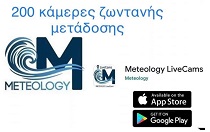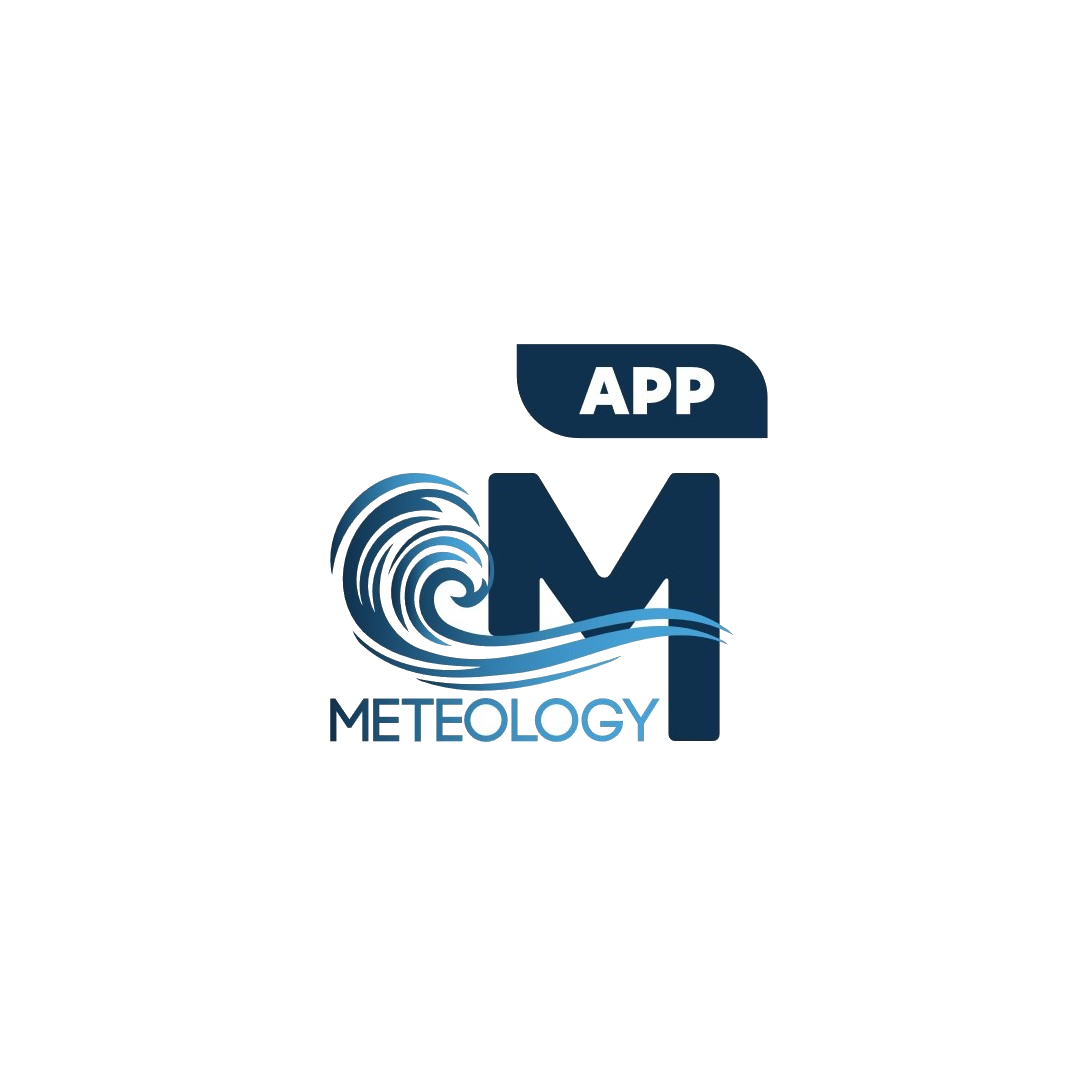Pollen Forecast
Different types of pollen are released throughout the year which can generate hay fever and other allergies. Our pollen forecast can help you manage these symptoms providing pollen counts five days ahead.

The pollen count season is normally March to August. However, it can start as early as January and end as late as November.The above weather map shows you the pollen count in your area right now and up to five days ahead.
We manage the only pollen count monitoring network in the UK using information from our network, our weather data and expertise from other organisations to produce forecasts that help support allergy and hay fever sufferers through the most difficult time of the year.
The pollen season separates into three main sections:
- Tree pollen – late March to mid-May.
- Grass pollen – mid-May to July.
- Weed pollen – end of June to September
Our forecast is based on this detailed breakdown of the different types of pollen and their peak times within a season.
We manage the only pollen count monitoring network in the UK using information from our network, our weather data and expertise from organisations such as the National Pollen and Aerobiological Unit and PollenUK to produce forecasts that help support allergy and hay fever sufferers through the most difficult time of the year.
The above weather map shows you exactly how pollen is behaving in your area right now, by combining official Met Office data, social activity and live pollen alerts from fellow sufferers.
It was not until the invention of the electric telegraph in 1835 that the modern age of weather forecasting began. Before that, the fastest that distant weather reports could travel was around 100 miles per day (160 km/d), but was more typically 40–75 miles per day (60–120 km/day) (whether by land or by sea).
By the late 1840s, the telegraph allowed reports of weather conditions from a wide area to be received almost instantaneously,[13] allowing forecasts to be made from knowledge of weather conditions further upwind.
The two men credited with the birth of forecasting as a science were officer of the Royal Navy Francis Beaufort and his protégé Robert FitzRoy.
Both were influential men in British naval and governmental circles, and though ridiculed in the press at the time, their work gained scientific credence, was accepted by theRoyal Navy, and formed the basis for all of today’s weather forecasting knowledge.
Beaufort developed the Wind Force Scale and Weather Notation coding, which he was to use in his journals for the remainder of his life. He also promoted the development of reliable tide tables around British shores, and with his friend William Whewell, expanded weather record-keeping at 200 British Coast guardstations.

Δημοφιλή Άρθρα
- Αυτά είναι τα 5 ενεργά ηφαίστεια της Ελλάδας (140318)
- Ιστορικό κύμα ψύχους στην Ευρώπη- τι αναμένεται στην χώρα μας (101055)
- ΕΜΦΑΝΙΣΤΗΚΕ ΦΥΣΗΤΗΡΑΣ ΣΤΗ ΧΑΛΚΙΔΙΚΗ-ΒΙΝΤΕΟ (55758)
- Λευκά Χριστούγεννα? Ποιες περιοχές θα δούνε χιόνια (41160)
- Τα παράξενα του 2021 συνεχίζονται: Λίμνη εμφανίζεται σε ένα… βράδυ σε χωράφι (32796)
Αναζήτηση
Πρόσφατα Άρθρα
Κατηγορίες
Ετικέτες
To find out more, including how to control cookies, see here: Cookie Policy


